Hospital For Sick Children (SickKids)
Heat On Demand Ultra System
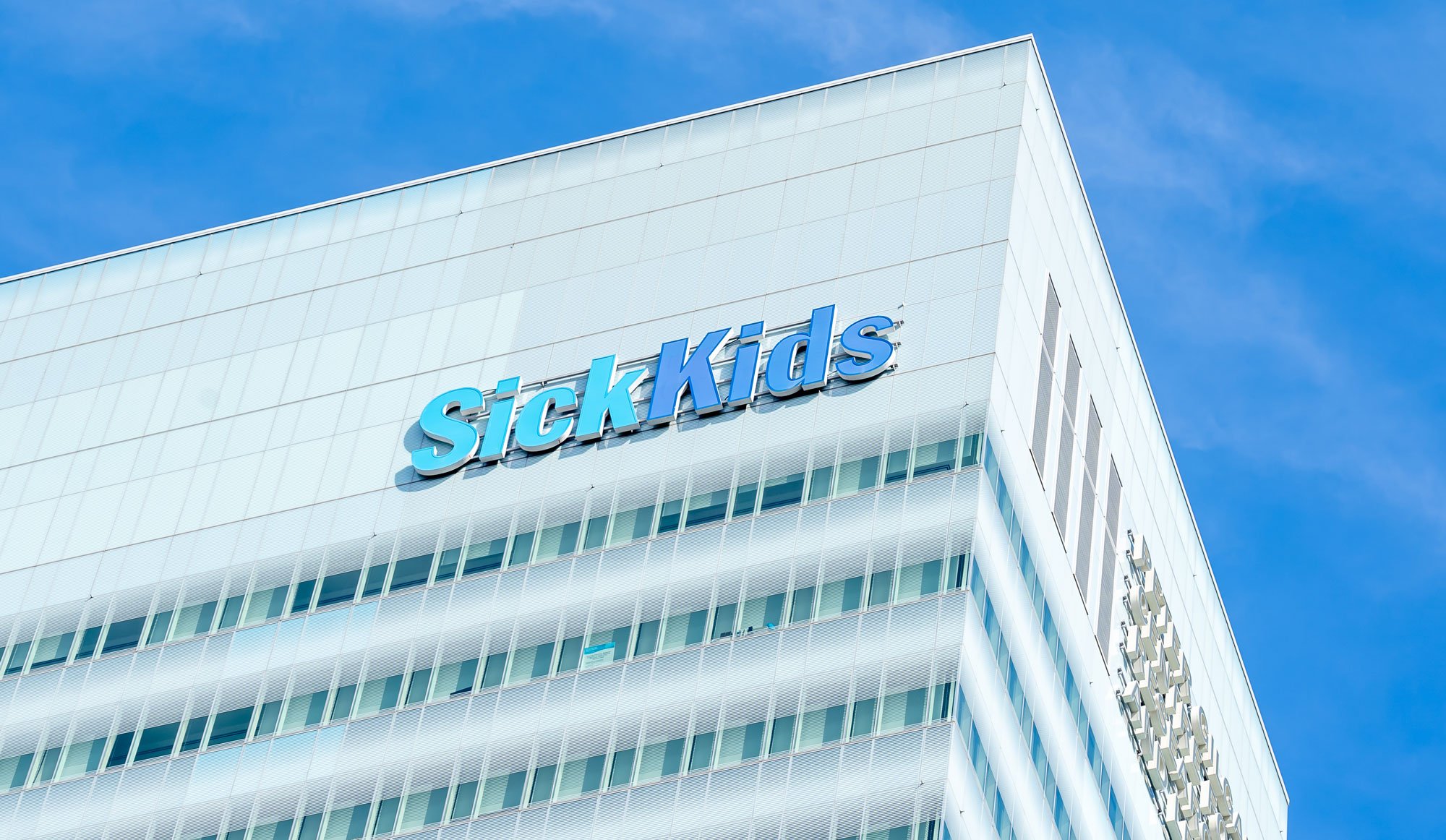

"Hey, Good Call!" A sound decision that continues to provide results 13 years after it was made.
At Toronto’s Hospital for Sick Children (known as SickKids), the ongoing challenge was and still is, to get children healthy enough to go home. Nutrition, of course, plays a huge part in this. Children are notoriously finicky eaters, but those who are patients at SickKids— many of whom are undergoing treatments that inhibit their appetites — have even more difficulty getting enough nourishment to support their recoveries. For ten years, SickKids foodservice department had outsourced convenience foods and rethermed on-site for their selective menu offering. Each plate featured an entrée, a starch and a vegetable. This made food choices for the patient inflexible.
If, for instance, a child did not like the corn and rice that came with the chicken fingers, to accommodate the child’s appetite an entire second tray — with different menu items — would be sent up. Sending duplicate trays was a common practice, and as many as 200 trays were being served to only 120 patients each meal. This resulted in tremendous duplication of labor and food waste. In June of 2006, this all changed.
LOCATION:
The Hospital for Sick Children (SickKids) 110 Elm Street Toronto, ON M5G1X8 Canada
TYPE OF FACILITY:
Pediatric Research Hospital
(affiliated with the University of Toronto)
BED SIZE: 389 - Pediatric
PATIENTS PER MEAL TIME: 120
SYSTEM IMPLEMENTATION: Room Service featuring Heat On Demand® UltraTM July 2006
PREVIOUS SYSTEM: Outsourced convenience foods - on-site rethermalization
CONTACT:
Tracy Maccarone,
Director of Nutrition and Commercial Services
Susan Dello,
Senior Manager of Patient Food Service
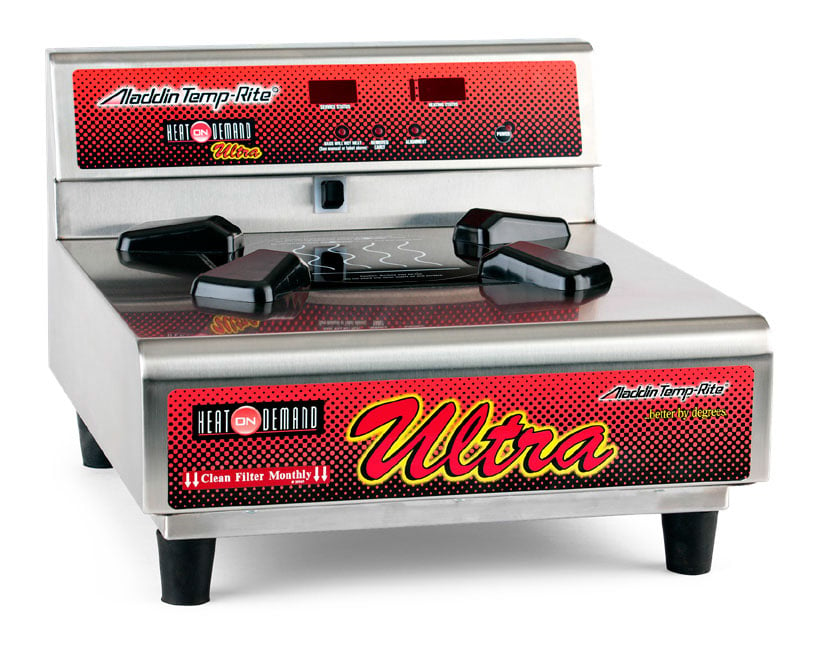

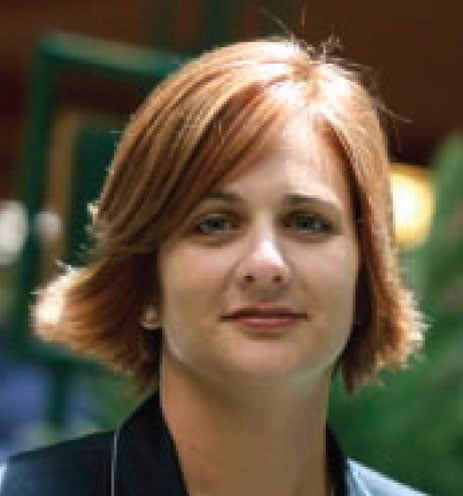

"People say when you come to SickKids, it's one of the best places in the world. And we didn’t want our food to fall short of that. We wanted our meals to be the best, too.”
- Tracy Maccarone,
Director of Food & Nutritional Services
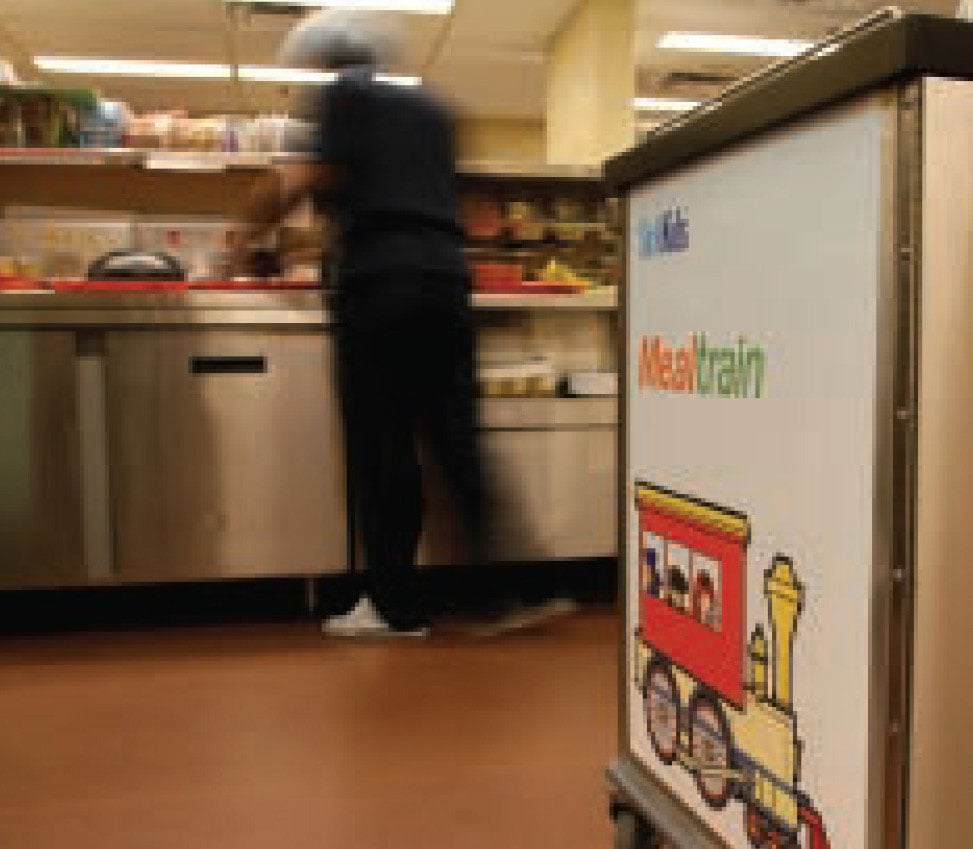

The Solution: Heat On Demand® UltraTM
The SickKids foodservice team knew that implementing a room service program would resolve many of their challenges. Susan Dello, Manager of Patient Services, said she had seen the Heat On Demand® system and thought it would fit well within their new room service program. “I visited a hospital in Boston as well as Memorial Sloan Kettering in New York City— both room service applications were using the Heat On Demand® system. “We wanted a way to ensure that our food stayed warm until it got to the patient and the extended holding time of Heat On Demand® allowed us to do that,” Susan continued.
“We got tremendous support from Aladdin, even for our trial. We showed the patients on our Children's Council (made up of children who were or are patients) two different ways we could deliver meals: Aladdin Heat On Demand® UltraTM and another kind of system that used a heated delivery cart. We served the food to our Children's Council as well as to our Room Service Committee (made up of management, supervisor and staff representatives, clinical dietitians, nursing, occupational therapists, infection control, housekeeping, and nursing patient service assistants who deliver the trays to the rooms). And everyone, each for a different reason, chose Heat On Demand® UltraTM.”
The Objective: Make mealtime flexible; and meals more appetizing
According to Tracy Maccarone, Director of Food & Nutrition Services, the decision for SickKids to go to a room service system was very logical. “We knew if the children had more of a choice of what they ate and when they ate, they ultimately would eat better. With our previous system, all the meals were served at about the same traditional meal times, and because the menus were so inflexible we would end up serving additional trays with different menu items so the children would eat. “Overall, our foodservice was pretty average: when we compared ourselves to other Ontario hospitals, we looked like we were doing okay.
Implementation: The Meal Train
The foodservice team performed a room service lunch pilot with Heat On Demand® UltraTM and looked at total caloric, energy, micro-nutrient and protein intakes. They compared that data with their previous system, and noticed a significant increase in every category. When the children’s appetites and eating habits improved, they knew they were heading in the right direction.
SickKids installed a hotel-style kitchen that enables their chefs to create cooked-to-order meals for their patients. At the head of the tray line, they installed an Aladdin Heat On Demand® UltraTM activator. Meal assembly is
fast and efficient. The Heat On Demand® induction base is charged for 12 seconds, then placed beneath a plated meal and covered with an insulated Aladdin Allure® dome. Then the meal trays are placed on the Meal Train delivery carts and transported to the hospital floors. With Heat On Demand® UltraTM, meals stay hot until they are served. The room service phone lines are open for two hours at each meal time, and meals are delivered to each room within 45 minutes of the order. That means there is almost a three-hour period each mealtime where patients might be able to get their meals. Rather than the almost 200 meals they were previously serving, they are now serving approximately 100 to 120 trays per meal period. Late trays are almost non-existent.
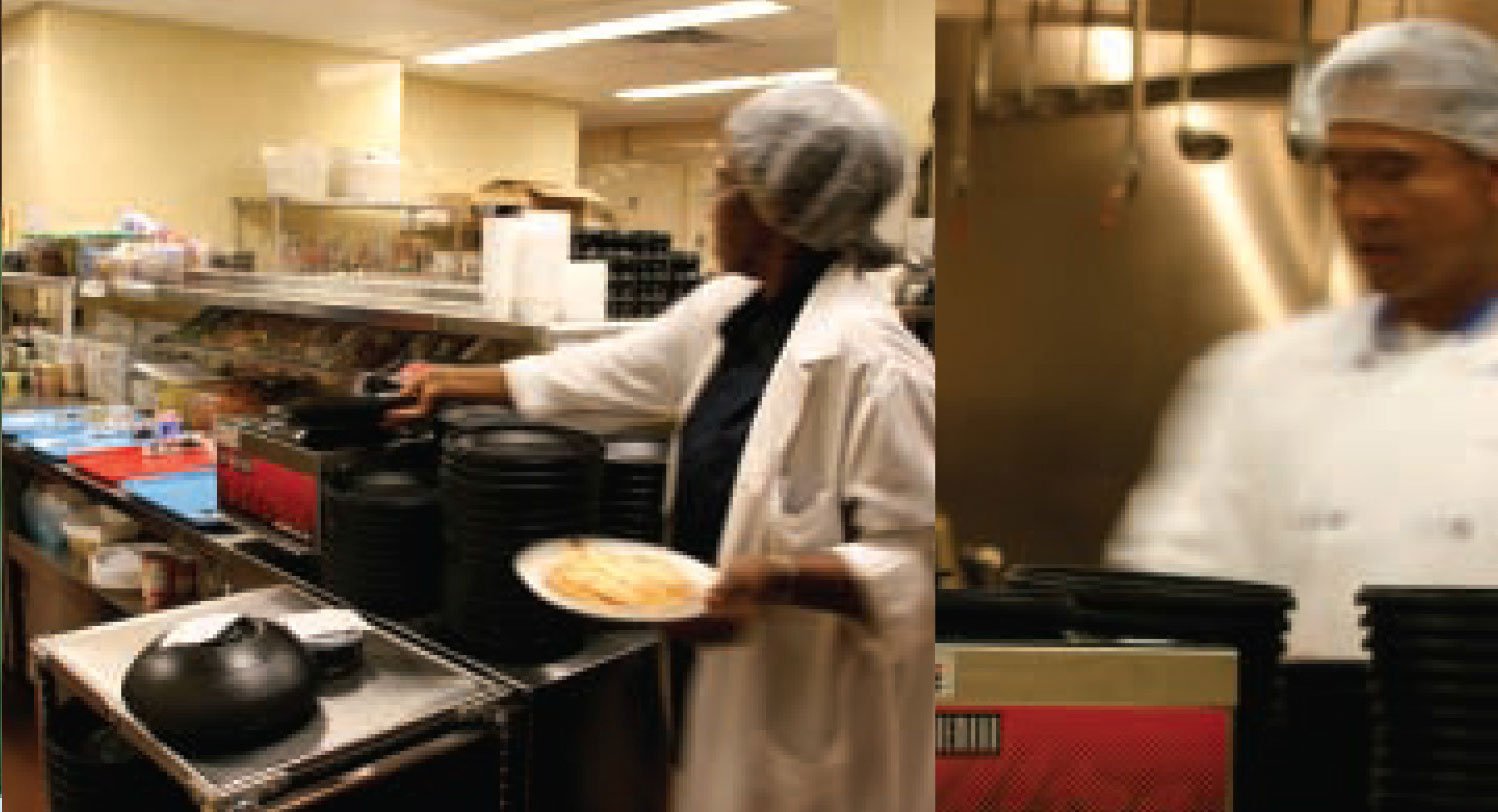

Higher Patient Satisfaction Is Just a Call Away
For more information about how Aladdin’s Convect-Rite® systems can help you improve your foodservice challenges and enhance patient satisfaction, contact us.
The Result: Better Appetites and Increased Patient Satisfaction
“The biggest benefit in switching from outsourced cold plating to room service is patient satisfaction,” said Susan Dello. “During our room service pilot we collected data. We looked at pre-room service and then post-implementation, collecting data before the pilot and continuing to collect after we went live. Our satisfaction scores have definitely increased. We are approaching the 90th percentile in our category, with the biggest improvement in patient satisfaction in meeting the patients’ needs and the taste of the food,” Tracy Maccarone confirmed.
“We also realized a large savings on waste because the kids are getting what they want. Previously, they would get the standard whole meal. It may not be what they wanted and then that would come back down as waste and then they might order something else that they really wanted. So that created many duplicate trays. Now, the kids are ordering what they want, and they're eating it. “We have some employees who were here for a really long time and weren't looking forward to another change. But they were happy to see a change that was going to benefit the kids. Today, in the employees’ own words, ‘we're working smarter, not harder.’
“Of course, it’s the children and their parents who really love our room service. One child’s mother said it made such a difference in the health of her child because her food intake had improved. She could order from the menu in her room and get the hot meal she wanted when she wanted it. The flexibility helped increase her appetite. She was really very happy.”
